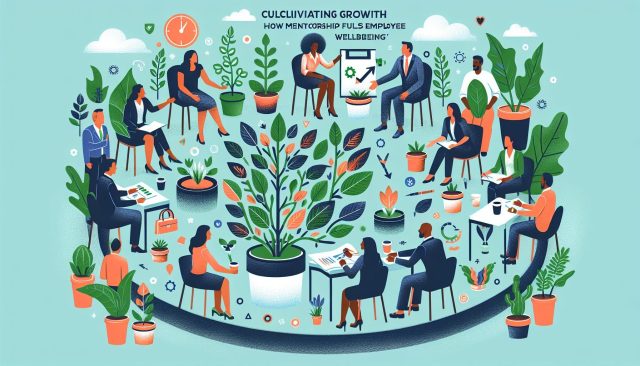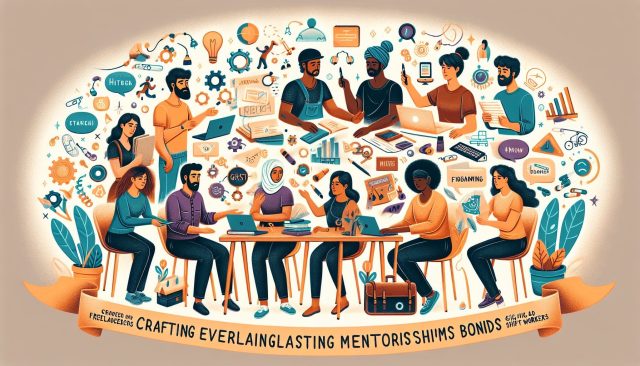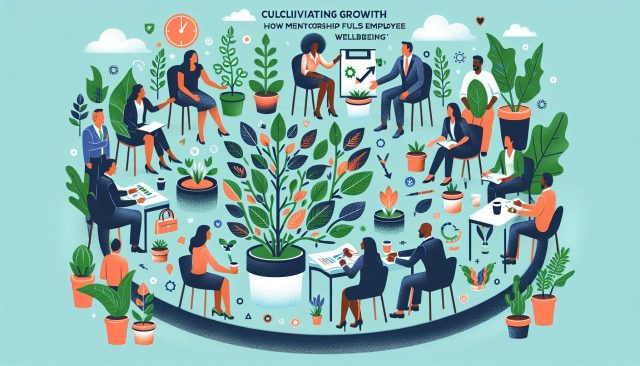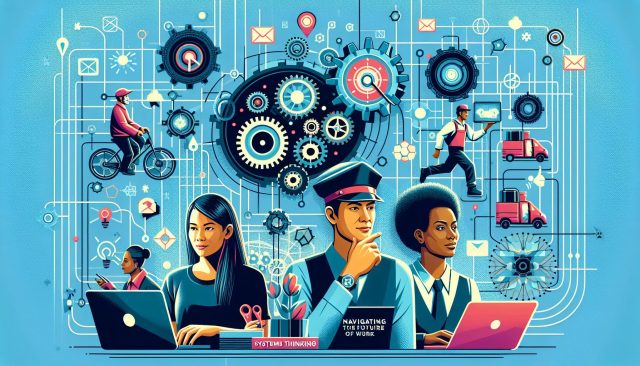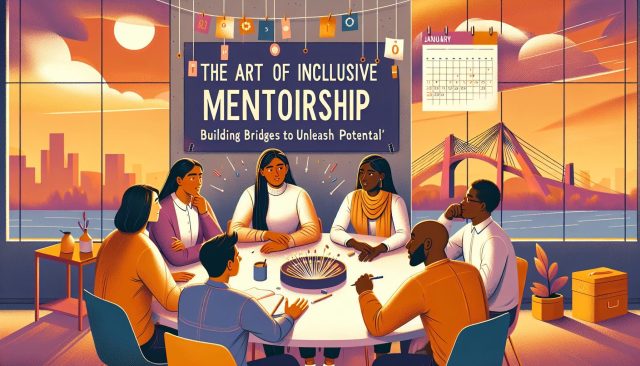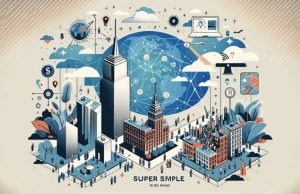Energizing Innovation: The Transformative Power of Mentorship in a Growth-Mindset Era
Energizing Innovation: The Transformative Power of Mentorship in a Growth-Mindset Era
As we stand at the forefront of National Mentoring Month, it’s an opportune moment for professionals in the energy sector to reflect on the invaluable role mentorship plays in fostering innovation. With the rapid evolution of energy technologies and the urgent need for sustainable solutions, mentorship emerges not only as a driver of professional growth but as a catalyst for industry-wide transformation.
Mentorship, at its core, is an exchangea dynamic interplay of experience, wisdom, and fresh perspectives. It serves as a conduit through which seasoned professionals share tacit knowledge, while mentees contribute new ideas and enthusiasm, creating a symbiotic relationship that enriches both parties.
The Growth-Mindset Framework
Adopting a growth-mindset framework within professional settings, particularly in the high-stakes arena of the energy industry, can significantly enhance the impact of mentorship. This mindset, which emphasizes learning from challenges, valuing effort as a path to mastery, and embracing feedback, aligns seamlessly with the core principles of effective mentorship.
Energy professionals with a growth mindset view setbacks not as insurmountable barriers but as opportunities for learning and development. Mentors can model this perspective, encouraging mentees to approach problems with creativity and resiliencekey qualities in driving innovation.
Cultivating a Culture of Continuous Learning
In an industry as dynamic as energy, where technological advancements are ceaseless, a culture of continuous learning is vital. Mentorship provides the perfect platform to cultivate this environment. Through regular interactions, mentors can guide mentees in identifying their strengths, recognizing areas for improvement, and setting ambitious yet achievable goals.
Moreover, by embracing a culture of learning, the energy industry can better adapt to emerging trends and technologies. Leaders can mentor not just through direct instruction but by inspiring curiosity and encouraging exploration of new fieldsfrom renewable energy advancements to digital innovations like smart grids and AI-driven energy solutions.
Building Networks and Breaking Silos
One of the often-overlooked benefits of mentorship is its ability to break down organizational silos and build extensive professional networks. By connecting mentees with a broad array of contacts within the industry, mentors help cultivate an ecosystem where collaboration flourishes. This network-building aspect is crucial for fostering innovative collaborations that can tackle complex energy challenges.
Through mentorship, the energy industry can transcend traditional boundaries, bringing together diverse teams that harness cross-disciplinary insights. These interactions not only spark creativity but also lead to groundbreaking solutions that might otherwise remain unexplored.
Empowering the Next Generation
As the energy sector navigates the challenges of climate change, resource management, and technological disruption, empowering the next generation of leaders through mentorship becomes imperative. Encouraging young professionals to engage with mentors provides them with the tools to think critically and act decisively within a rapidly changing landscape.
Mentorship instills confidence, promotes ethical decision-making, and nurtures the innovative spirit needed to lead the charge in sustainable energy solutions. By investing in mentorship today, we lay the groundwork for a future where the energy industry is not just reactive but proactive in its approach to global challenges.
Conclusion: Celebrating a Legacy of Growth
As we celebrate National Mentoring Month, let us acknowledge and honor the mentors who have shaped the energy industry and continue to light the path forward. Their commitment to fostering a growth-mindset culture has paved the way for innovation and progress, creating a legacy that inspires the next wave of energy professionals.
In the spirit of mentorship, let us each pledge to support and mentor those around us, driving the energy sector towards a future of innovation, sustainability, and enduring success.

















